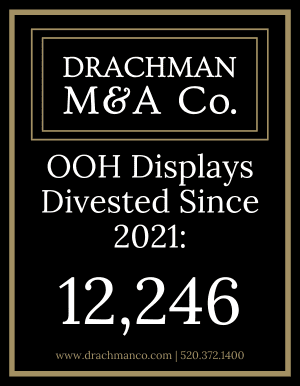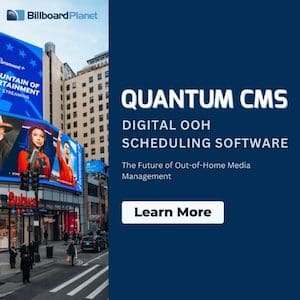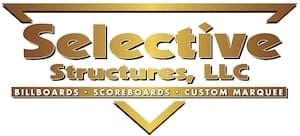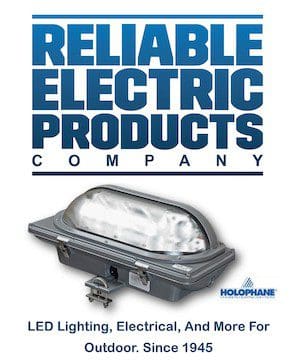Insider caught up with Mike Donaldson at Billboard Planet to talk about management features of their Quantum system.
Mike, you talk about the importance of an OOH owner analyzing the profitability of their inventory. Can you provide some detail on that concept?

As an operator of several billboard companies in multiple countries, as an OOH consultant and now looking at the business from a different angle – software, I have always focused on how to squeeze the most out of an OOH Plant.
All OOH plants are different. None of them have uniform inventory where all of the signs and faces are equal. Part of getting the most out of your plant has to do with occupancy and list price management, these are the two key variables for top-line growth. Whether your internal goal is 80% occupancy or a specific dollar amount, one of the ways to achieve these goals is to play with these variables. We can talk about inventory management from a sales perspective another day.
What throws me off is how many people stop here. They analyze their sales, their land leases, their permits and other expenses as if they are islands. The powerful analysis comes from combining these and treating each of your signs as a business unit. Anyone can run an outdoor plant with success, but to knock the ball out of the park, you have to play with unit gross margin.
So it sounds like you are a baseball fan? What can managing a baseball team have to do with managing my billboard inventory?
I grew up in St. Louis. We lived and breathed baseball. After living overseas for so long, my love for baseball waned, but it has help me with OOH analysis. I used baseball terminology to help analyze outdoor assets in an easy-to-use system. I now use this system to help clients maximize profitability.
It is funny how high school statistics came back in my life. A basic gross margin analysis, with standard deviation and baseball terminology ended up creating 1-to-3-year inventory plans for outdoor plants. What signs are your homeruns on which you should double down? What signs should you sell or simply take down? What land lease contracts need to be renegotiated for extensions or reductions? Powerful and important conclusions.
So many times, we focus on revenue, revenue, revenue, when the prize sits on your bottom line. With some planning, the right information and some hard work, you can make more money even with stagnant sales.

How is Billboard Planet’s Quantum system designed to assist in that analysis?
When I was playing Gross Margin baseball, I was using Quantum’s predecessor to extrapolate the data I needed. Having the right data source is an absolute must. Quantum now does much more of the hard work bringing in complex algorithms for land lease payment calculations that my team and I used to do on our own.
BillboardPlanet has been working for over 20 years helping OOH companies optimize their plants and information, taking away repetitive tasks and bringing better data to the fingertips of their users. Not everyone wants to deep dive like I described above, but if you are doing to go down the optimization path, have a system like Quantum is a must. Now that digital dominates industry growth, having all of your static and digital data in one location for analysis is a must.
Can you provide an example of an operator that benefited from this analysis?
How about my own example. It’s hard for a billboard guy to take down signs, they are our babies. Unfortunately, not all of our babies are created equal. Some are chugging resources without pulling their weight.
I have applied unit gross margin analysis to plants of all sizes, ones with of 100 faces, with 600 faces and with 30,000 faces. After an analysis of one of my smaller plants I decided to sell 6 signs. Looking to get rid of them quickly, I sold them under the market rate. The buyer thought I was nuts and jumped at the opportunity, only to call me 6 months later to see if I would buy them back, asking lots of questions including, how did I know. I had done my homework, I played baseball. By the way, I did not buy them back, they were strike-outs.
The idea is to do the same analysis of a plant over 3 years, so you can compare the results. In every application of the analysis, we improved the top line, the bottom line and created a more stable plant for M&A, sometimes with fewer structures.
Do you have any recommendations for our readers?
Absolutely.
- Find the right system to simplify your lives. Hands down, the best one out there today is Quantum.
- Take the time to look at the gross margin of each structure and come up with a plant game plan.
- Don’t be afraid to renegotiate contracts or to get rid of your signs.
- Make sure you focus on the right statistics that will help you reach your goals.
- Go Cards.
[wpforms id=”9787″]
Paid Advertisement

















